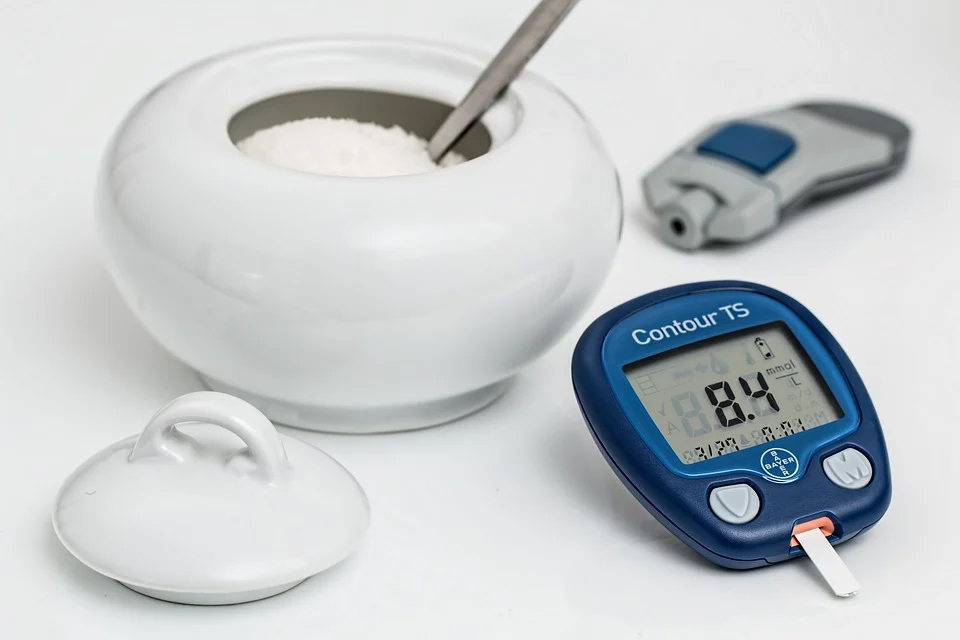
Previously, we talked about ‘Traditional Uses and Benefits of Hairy Eggplant’ also known as the sour eggplant. Used in a variety of dishes, it also has a role in traditional medicine thanks to its high vitamin C and fiber content. And like its cousin the regular eggplant, it also has a low glycemic index.
In today’s article, we’ll talk about what exactly a low glycemic is, and why it matters for your health and wellness.
Blood Sugar, and Why It Matters
In order to understand the glycemic index, we need to first understand blood glucose or blood sugar. Medical News Today defines blood glucose as the sugar carried by blood cells to supply energy to the rest of the body. This sugar is taken from your diet— whatever you eat will eventually be metabolized and used as energy.
When your blood sugar level rises, it signals your pancreas to produce more insulin. Insulin is what helps glucose enter your cells, thus powering them and enabling them to do their jobs. It also helps store excess glucose in your liver. When blood sugar levels drop, your body then releases glucagon which activates the stored glucose in your liver and allows it to be used in the rest of your body.
All of your bodily functions are thus the result of the complex relationship between blood sugar and your body. Unfortunately, eating and storing up energy isn’t always that simple.
There are some diseases, particularly diabetes, which inhibit the proper use of blood glucose. For example, Type 2 diabetes actually causes your body to be more resistant to insulin, meaning that your body needs more insulin to be able to function properly.
Mapping the relationship between your blood sugar level and your health is necessary for your long-term wellbeing. Too high levels of blood glucose can lead to hyperglycemia, also known as high blood sugar. If left untreated, Mayo Clinic says that it can cause serious complications including damage to your kidneys, nervous system, vision, and much more.
You may think that spikes in blood glucose levels are a problem that mainly affects people with prediabetes or diabetes. However, a diet rich in added sugars can also contribute to the development of Type 2 diabetes, so learning what safe and normal blood glucose ranges are now is important for anyone.
The Glycemic Index
The normal range for fasting blood glucose levels in an adult ranges from about 70 mg/dL to 100 mg/dL. While temporary increases to your blood sugar levels are normal, these increases need to remain under 140 mg/dL around two hours after eating. Anything above that range at that point in time after a meal may be a cause for concern.
So how does the glycemic index fit in? Healthline writes that the glycemic index is simply a value assigned to food according to how quickly that food can increase your blood glucose levels. When a food has a high glycemic index, that means that it’s more likely to cause spikes in your blood sugar levels much faster.
If you’re prediabetic or diabetic, blood sugar spikes can increase or intensify damage to your body, including in the ways we listed above. They can also cause your blood vessels to suddenly contract or narrow, which can lead to a heart attack or stroke. The key to proper health isn’t preventing your blood sugar levels from rising at all, but actually keeping them within an acceptable range.
If you have problems with your blood sugar levels, it’s important that you pay attention to what foods you can and can’t eat. Too often, we end up disregarding that our diets have impacts on our bodies that go far beyond simply gaining weight.
Low Glycemic Index Foods
While it may seem daunting at first to work with dietary restrictions, you’ll find that you can still eat a wide range of dishes and cuisines as long as you do your research. That’s what a better understanding of low glycemic index foods can help you with.
A low glycemic index diet is exactly what it says on the tin. It’s a diet consisting of foods with low glycemic index, which are less likely to affect your blood sugar levels drastically. With low GI foods, your food is digested and absorbed more slowly, leading to a more gradual and healthier rise in blood sugar levels.
There are several methods for shifting into a low glycemic diet. The first is by simply switching foods in your diet that have a high GI (glycemic index) to foods with a low GI. That can be done by opting for ingredient alternatives that are high in fiber, such as switching to whole grain breads or pastas, or swapping out white rice for brown or red rice varieties.
You can also use supplementation to assist in managing your blood sugar levels. Brightcore recommends ACV gummies as an option for keeping blood sugar levels low. ACV gummies have the low glycemic index benefits of actual apple cider vinegar, without the tart taste and acidity of liquid vinegar. They’re also packed with probiotics, which makes digestion easier.
If you need other examples of low glycemic index foods, you can check out this list by Harvard Health Publishing. Dietary restrictions require a bit more effort, but you’ll find that they’re not as limiting as they seem. With a little bit of research and creativity, you can enjoy a happier, healthier, and much longer life without the dangers of blood sugar spikes.
Comments
comments